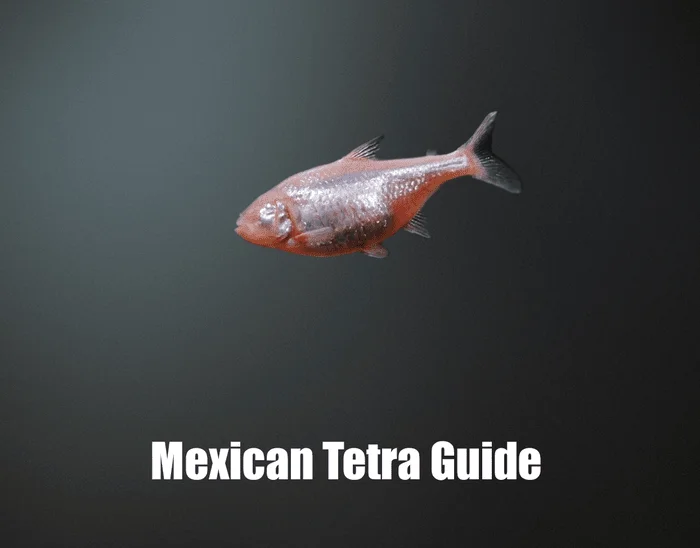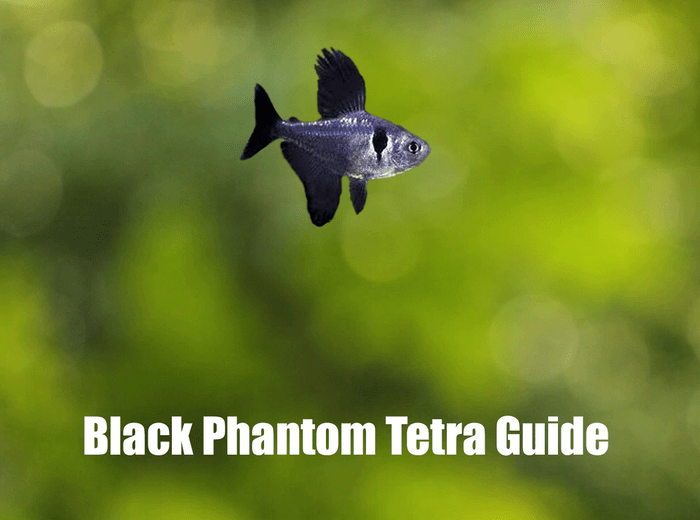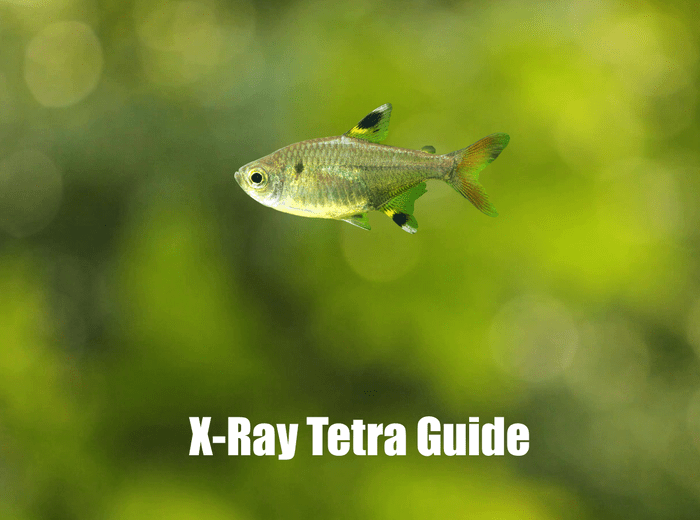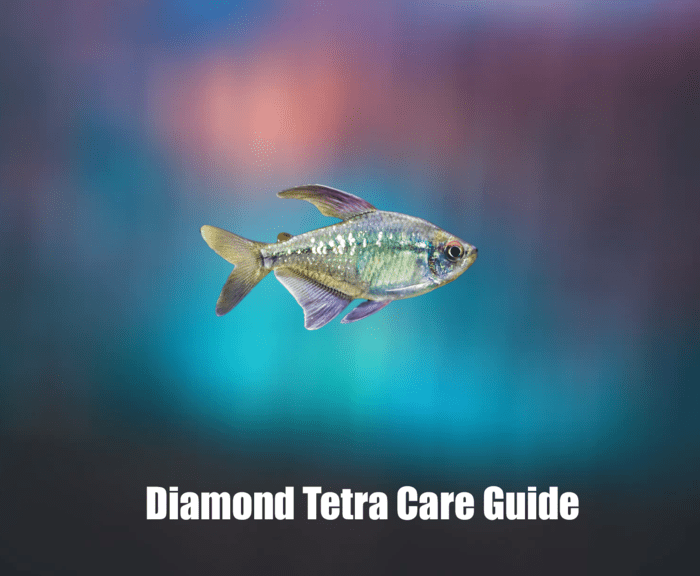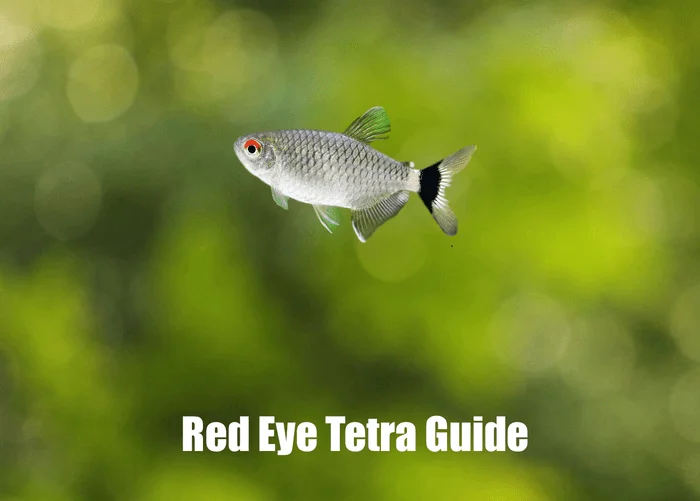Complete Care Guide for Flag Tetra: Secrets to Thriving Colors
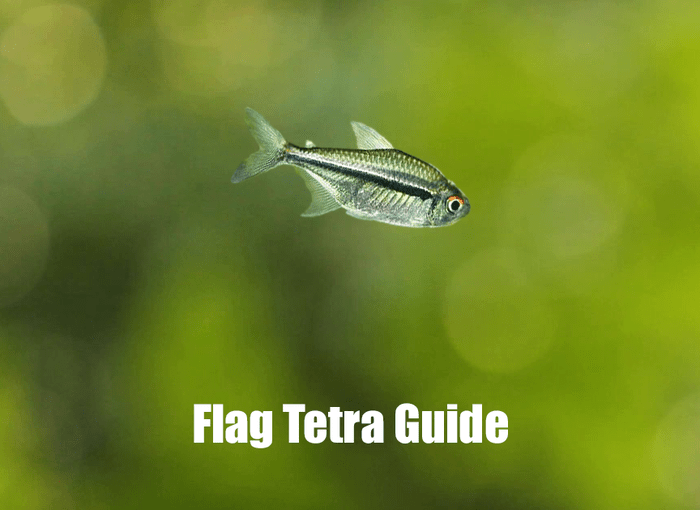
Introduction
Exploring the Flag Tetra: Your Comprehensive Guide for this great fish. Whether you’re contemplating adding Flag Tetra (Hyphessobrycon heterorhabdus) to your aquatic collection or aiming to optimize their care, this guide caters to hobbyists across the spectrum. Celebrated for their striking longitudinal stripes and dynamic swimming behavior, Flag Tetra are a captivating presence in any freshwater setup. Dive deep into the essentials of their care, from tank conditions to dietary needs, to guarantee your Flag Tetra thrive.
Understanding Flag Tetra
Origin and Characteristics
Flag Tetra, originating from the diverse waterways of South America, especially within the Amazon Basin, present a visually stunning choice for aquarium enthusiasts. These modestly sized fish, typically reaching around 2 inches in length, are admired for their unique coloration – a mix of iridescent hues with prominent horizontal stripes that command attention in any aquatic setting. Their standout feature is the vibrant, flag-like pattern on their body, accentuated by rich, dark patches near the tail fin and vibrant flashes of color in their fins, contributing to their overall allure.
During mating displays, males become even more striking, showcasing enhanced colors and fin displays that are a sight to behold. Beyond their beauty, Flag Tetra are valued for their peaceful demeanor and adaptability to various aquarium environments, making them a perfect fit for community tanks. They are known for their active swimming behaviors, often seen in mid-water shoals, engaging in playful pursuits that bring a lively and energetic dynamic to the aquarium.
Behavior and Tank Mates
Flag Tetra are sociable, schooling species that thrive in groups of six or more, making them perfect candidates for community aquariums with other peaceful, similarly sized companions. Their elegant swimming patterns and gentle temperament endear them to fish keepers everywhere. Here are some compatible and recommended tank mates for Flag Tetra:
- Other Peaceful Tetras: Such as Neon or Cardinal Tetra.
- Dwarf Cichlids: Like Apistogrammas, which are also peaceful.
- Peaceful Barbs: Like Cherry Barbs.
- Dwarf Corydora: Peaceful bottom dwellers.
- Small Rasboras: Harmonize well in a community tank.
- It’s important to choose tank mates that are peaceful and won’t outcompete the Flag Tetra for food
Remember, while choosing tank mates, consider factors like water parameters, size, temperament, and dietary needs to ensure a harmonious aquarium. Also, always introduce new fish gradually and monitor their interactions to ensure a peaceful environment. 🐠
Setting Up the Perfect Tank
Tank Size and Conditions
A 20-gallon tank or larger is recommended for a school of Flag Tetra but they will benefit from some more swimming room. These Tetra thrive in specific water conditions that mimic their natural habitat. Additionally, maintaining ideal water parameters is the key to ensuring their health and well-being in a home aquarium. Here’s a breakdown of their ideal water conditions:
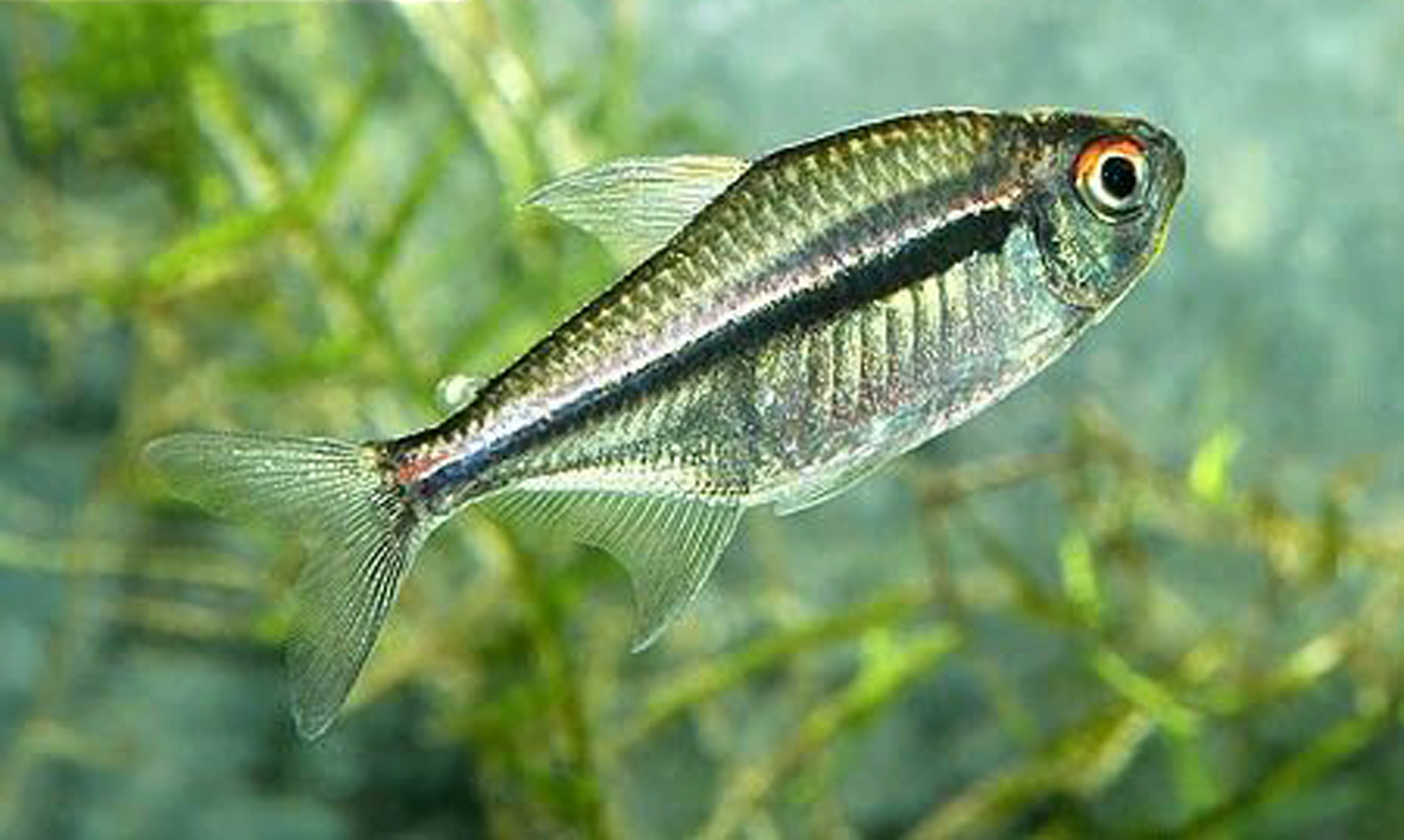
- Temperature: 72°F to 82°F (22°C to 28°C). This tropical temperature range helps in promoting their natural behavior and vibrant coloration.
- pH Level: 6.0 and 7.5, slightly acidic to neutral water conditions.
- Water Hardness: 4-8 dGH, indicating they prefer mostly soft water
- Water Quality: Like most fish, Flag Tetra require clean and well-oxygenated water. Regular water changes (about 25% per week) are recommended to maintain good water quality. It’s crucial to remove any chlorine or chloramine from tap water before adding it to the tank.
- Nitrate Levels: Keeping nitrate levels low is important, as high levels can be harmful. Aim to keep nitrates below 20 ppm.
- Ammonia and Nitrite Levels: Both ammonia and nitrite should always be at 0 ppm. Even small amounts of these can be toxic to fish.
It’s important to use a reliable aquarium test kit to regularly monitor these water parameters. Sudden changes in water conditions can stress or harm your fish, so any adjustments should be made gradually. Maintaining stable water conditions is key to the health and longevity of your Flag Tetra. 🌊
Lighting and Decor
- Moderate Lighting: Mimic their natural, slightly shaded habitat with moderate lighting.
- Day/Night Cycle: Maintain a regular cycle, typically around 10-12 hours of light per day.
- Plants: Dense vegetation, including tall and floating plants, to provide hiding spaces and a natural environment.
- Substrate: A dark-colored substrate can enhance the natural colors of the fish.
- Hiding Places: Include driftwood, rocks, and caves for shelter.
- Open Swimming Space: Ensure ample free-swimming space to accommodate their active swimming behavior.
Diet and Nutrition
Feeding Habits
Flag Tetra are naturally omnivorous, necessitating a varied diet to ensure their well-being and vibrant coloration. To cater to their dietary needs, a combination of high-quality flake foods should form the base of their nutrition. Augment this with frozen or live foods such as brine shrimp, daphnia, and bloodworms to mimic their natural feeding habits and provide essential nutrients.
Feeding Schedule
Provide your Flag Tetra with small, manageable portions of food once or twice daily, ensuring careful attention is paid to avoid overfeeding. Overfeeding can lead to water quality issues and health problems for the fish. It’s crucial to observe their eating habits and adjust the feeding amount accordingly, so that all food is consumed within a few minutes. Regular, controlled feedings will support their health and vitality without compromising the aquarium’s ecological balance.
Frequently Asked Questions
A Belgian Flag Tetra is a variation of the Flag Tetra (Hyphessobrycon heterorhabdus), known for its vibrant colors and striking patterns resembling the Belgian flag.
To maintain a healthy social environment and mimic their natural schooling behavior, it’s recommended to keep them in groups of at least 6 individuals.
Flag Tetra typically grow up to 2 inches (5 cm) in length.
Health and Wellness
Breeding Tips
Breeding Flag Tetra can be a rewarding experience, but it requires a bit of preparation and understanding of their breeding behavior. Here are some tips to help you successfully breed Flag Tetra:
- Breeding Tank: Set up a separate tank with soft, slightly acidic water (pH around 6.0-6.5) and a temperature of about 77°F (25°C). Dim lighting and fine-leaved plants or spawning mops are recommended.
- Identifying and Introducing Breeding Pairs: Choose healthy, mature fish (around 6-12 months old). The males are typically brighter and have slightly longer fins. Introduce them into the breeding tank, ideally one male to every two females.
- Condition the Breeders: Feed them high-quality live or frozen foods to encourage spawning.
- Spawning Process: Introduce a well-conditioned pair or small group. Spawning usually occurs in the morning.
- Post-Spawning Care: Remove the adults post-spawning to prevent egg predation. The eggs typically hatch in about 24-36hrs.
- Rearing Fry: Start with infusoria or liquid fry food, then graduate to baby brine shrimp as they grow.
Remember, patience is key when breeding fish. It might take a few attempts before you see success. Keep a close eye on the water parameters and the health of both the adult fish and the fry to ensure a successful breeding experience. Good luck!
Common Health Concerns
Flag Tetras, while hardy, are susceptible to typical tetra health issues such as ich (white spot disease) and fungal infections. These conditions can significantly impact Flag Tetras, known for their striking patterns and lively demeanor.
To safeguard their health, it’s crucial to maintain pristine tank conditions. This entails conducting regular water changes, ensuring stable water parameters (including pH, temperature, and hardness), and providing a nutritious diet to enhance their immune system
Their preference for slightly acidic water should also be considered to mirror their native Amazonian environment closely. Vigilant monitoring for any signs of stress or disease, followed by immediate intervention, is critical. Prompt recognition and treatment can thwart the progression of these ailments.
Keeping the aquarium clean and aligned with the Flag Tetras’ unique requirements is fundamental to witness their vibrant beauty and vitality. Embracing diligent tank stewardship will help your Flag Tetras flourish.
Life Expectancy
With proper care, Flag tetra can live 3-5 years. Regular monitoring and maintenance of the tank environment are key to their longevity
Lemon Tetra Wrap Up
In conclusion, Flag Tetra add a vibrant layer of color and spirited vitality to any freshwater aquarium. Adhering to the advice in this detailed care guide enables you to create a thriving habitat that meets the distinctive needs of your Flag Tetra. With their eye-catching stripes and active schooling nature, these fish not only boost the aesthetic appeal of your tank but also energize its aquatic community.
The foundation of a lively and healthy aquarium is rooted in sustaining a consistent and supportive environment. By delivering proper water conditions, a diverse diet, and attentive care to your Flag Tetra, you’ll foster a setting where these vivid creatures can flourish, bringing their unique vibrancy and playful behavior to the forefront of your aquatic display.
Share Your Tetra Experiences
Do you have any stories or tips about your Tetra tank? Share them in the comments below!
Help Others Discover This Guide
Navigate the Tetra in your tank with confidence. This guide is your pathway to creating a vibrant and healthy aquatic showcase. Enjoy the dazzling colors and lively nature of these unique fish!

